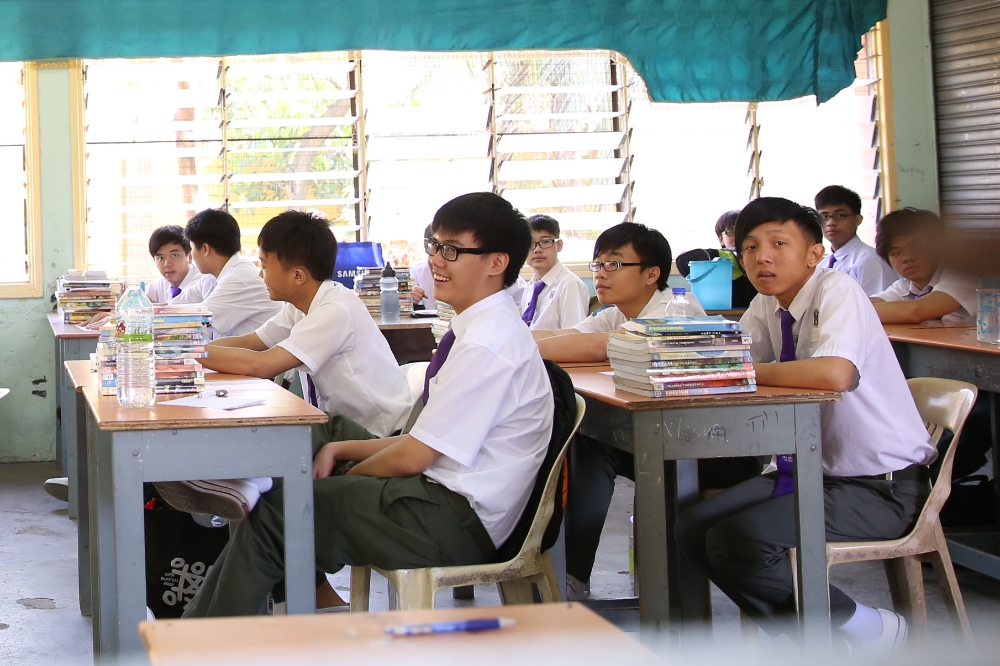KOTA KINABALU, May 18 — Although there has been a rapid decline in school dropout rates in the recent decade, there are still thousands of students who have fallen out of the system before getting even basic education, said an academic.
Quoting statistics from the Education Ministry, Universiti Putra Malaysia associate professor Samsilah Roslan said that there has been positive decrease of up to 75 per cent in the dropout rate from the year 2000 to 2013.
The number of students who dropped out before completing their primary education was 15,398 in 2000, and aside from a surge in 2010, has declined steadily to 3,920 students by 2013, a drop of some 75 per cent over the 13 years.
The 3,920 students represent some one per cent of the qualifying population, while 99 per cent are in school.
Statistics show the number of those who do not continue to finish their secondary school studies is higher, and starts at 45,212 in 2000, about 10 per cent of the population and is now at 14,396 or three per cent of the population.
“The patterns show this because the ministry at every level and the schools themselves put in a lot of effort on their own to ensure students stay in school,” she said.
“The reason for the dropout are still the same issues — lack of interest, poverty, mental health, drugs, falling pregnant, and bullying.
“But research reveals that the biggest factor that contributes to dropout rates is the inability of students to cope with the syllabus being taught; if we can give children a good grasp of basic literacy and numeracy skills early in life, they will be less likely to drop out of school,” she said.
Samsilah, who said this during a seminar on gender and dropout rates here today, said that there was a need to address the remaining dropouts as the implications were far-reaching, leading dropouts to a life of crime and violence, missed of opportunities, unemployment rate, and lower socioeconomic status.
Several measures were being taken to address the issue, including introducing a committee to monitor the dropouts, more parent and community engagement programmes, and policy changes at a higher level.
“However, we see some light on the other side for those not so academically inclined — they are able to pursue something within their areas of interest with the many polytechnics and community colleges available,” she said.
In fact, several students who opted for vocational and technical schools instead were known to earn the same or even more than those with higher academic qualification.
“Sixteen-year-old students in these schools are very different, you can see the difference and in the environment. They are matured, because they feel like they are taking on their vocation, and they are professional,” she said.
“It’s good to note that there are more and more effort being put in to address different types of interest in education and we are still coming up with alternatives for dropouts, marginalised groups, from both government and private sector, so the awareness is there,” she said.




















